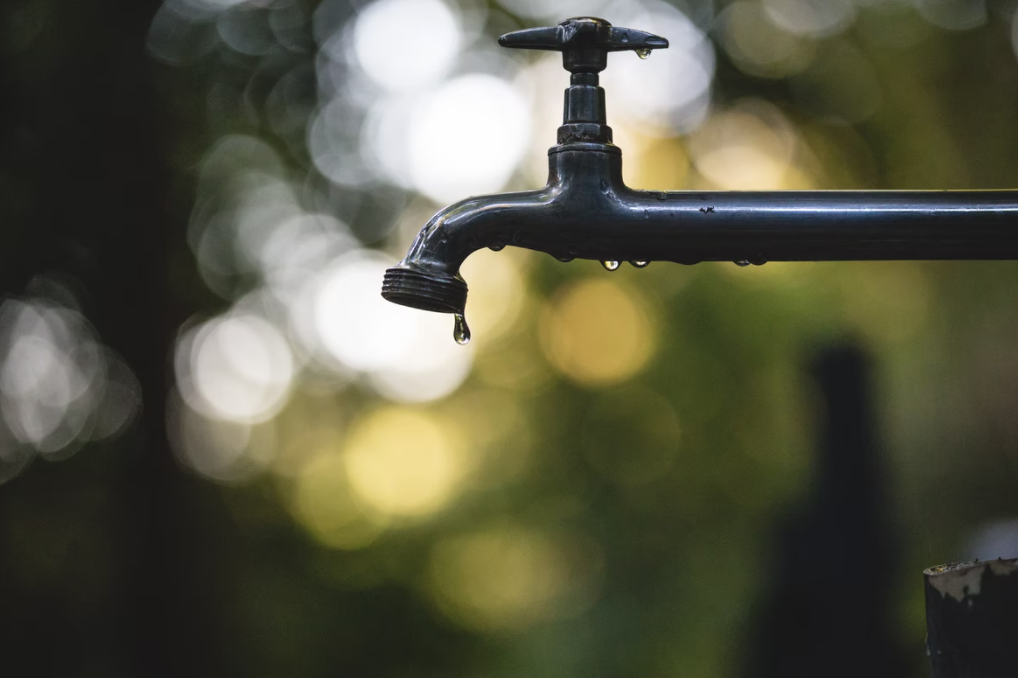Pipe Bursting: A Comprehensive Guide to This Innovative Technology


Pipe bursting has gained popularity as a method for pipe repair, yet there’s a range of misconceptions surrounding it. Contrary to some beliefs, this technique is not limited to just large-scale projects. Pipe bursting is versatile and can be applied to repairs involving pipes of both small and large diameters.
So, what exactly is pipe bursting? In this article, we will delve into the details of pipe bursting, exploring its mechanics, and highlighting the benefits of employing this method. We’ll also compare it with conventional pipe replacement techniques to illustrate why it often emerges as a superior alternative.
What Is Pipe Bursting?
Pipe bursting is a method of trenchless pipe repair, enabling the replacement of pipes without the need to excavate your yard or disrupt your home. This technique involves fracturing the existing pipes while simultaneously installing new ones. Its trenchless nature makes it suitable for a wide range of projects, both small and large.
Understanding the Pipe Bursting Process
Pipe bursting operates through a hydraulic machine that fragments the old pipe situated underground. While it disintegrates the old pipe, it concurrently draws a new pipe through the remains of the old one. This action is continued along the entire length of the old pipe until it’s completely replaced.
This method is notably efficient, offering both time and cost savings, and it significantly reduces the extent of damage to your property.
Deciding When to Use Pipe Bursting
Pipe bursting is a versatile solution suitable for various scenarios. Here are some common instances where it proves highly effective:
1. Replacement of Damaged Underground Pipes:
Whether it’s sewer lines or other underground conduits, pipe bursting can efficiently replace damaged or broken pipes. It’s particularly useful for addressing root intrusions, where tree roots have penetrated and harmed the pipes.
2. Upgrading to Larger Pipe Sizes:
For enhancing water flow and pressure in homes or businesses, upgrading to a larger pipe size is often necessary. Pipe bursting is ideal for such upgrades, enabling quick replacement without property damage. This is especially relevant when adding new bathrooms or fixtures that demand bigger pipes.
3. Repairing Collapsed Pipes:
Pipe bursting comes in handy for fixing collapsed pipes, often a consequence of heavy rains, floods, or ground shifts.
4. Installation of New Sewer Lines:
This method is also beneficial for laying new sewer lines, particularly in cases of home or business expansions that require extended sewer infrastructure.
5. Improving Water Flow:
If you’re experiencing reduced water pressure or have pipes clogged with sediment, pipe bursting can effectively enhance water flow.
These examples represent just a fraction of the many applications of pipe bursting. If you’re uncertain about its suitability for your specific needs, consulting a professional for a pipe assessment and tailored advice is recommended.

Comparison of Pipe Bursting and Traditional Excavation: Advantages and Disadvantages
Pipe bursting offers several advantages over traditional excavation methods, but there are also some considerations to keep in mind. Here’s a breakdown of the pros and cons, along with insights into different types of pipe bursting projects and cost factors:
Pros of Pipe Bursting:
- Efficiency and Speed: It’s typically quicker than traditional excavation, saving time and reducing labor costs.
- Less Property Damage: As it doesn’t require extensive digging, there’s minimal disruption to your yard or driveway, making it ideal for difficult-to-access areas.
- Versatility: Suitable for a wide range of projects, both small and large, and applicable to residential and commercial settings.
Cons of Pipe Bursting:
- Cost Factors: Depending on the project’s specifics, it can be more expensive than conventional methods.
- Limited Availability: As a relatively new technology, finding experienced professionals can be challenging.
- Complexity: Requires skilled operators due to its technical nature.
Differences Between Sewer and Water Line Pipe Bursting:
- Sewer Pipe Bursting: Typically involves replacing old or damaged sewer lines. A bursting head is used to break the old line and pull through the new pipe.
- Water Line Pipe Bursting: Often chosen for repairing broken water lines, improving flow, or boosting pressure. This method breaks up old pipes and replaces them with new ones, usually without excavation.
Finding a Pipe Bursting Contractor:
1. Research Local Options:
Start by searching online for contractors in your area who specialize in trenchless technology.
2. Check Reviews and References:
Look for customer reviews and ask for references to gauge their experience and reliability.
3. Verify Credentials:
Ensure the contractor has the necessary licenses, insurance, and qualifications.
4. Get Multiple Quotes:
Compare quotes from different contractors to find the best value for your project.
5. Discuss Your Project:
A good contractor will be willing to discuss your specific needs and provide a detailed plan and estimate.
Conclusion
Trenchless pipe bursting offers an efficient alternative to traditional pipe replacement methods. This process replaces old pipes without extensive excavation, providing a quicker and less intrusive solution suitable for various projects.
However, due to the complexity of trenchless methods, it’s crucial to engage an experienced professional. Budgeting for your project and finding a dependable contractor are key steps to ensure the success of your pipe replacement.








